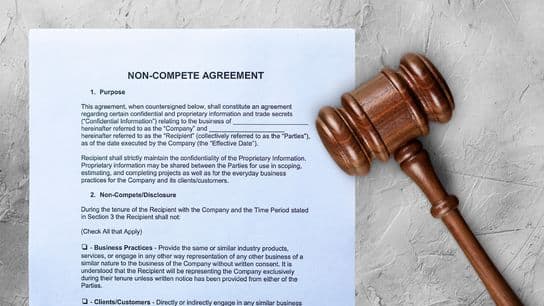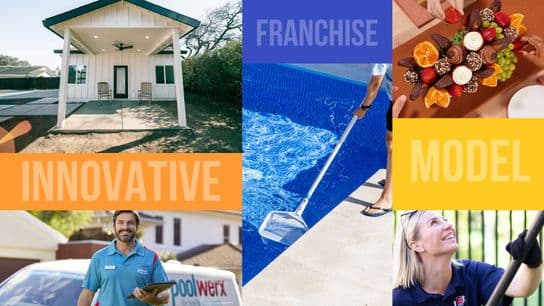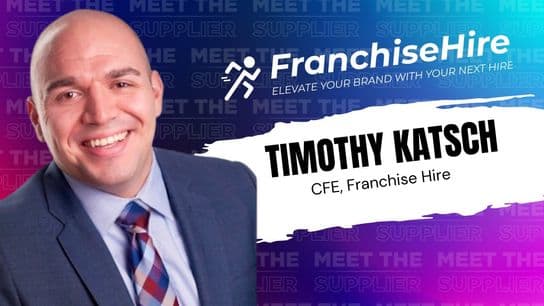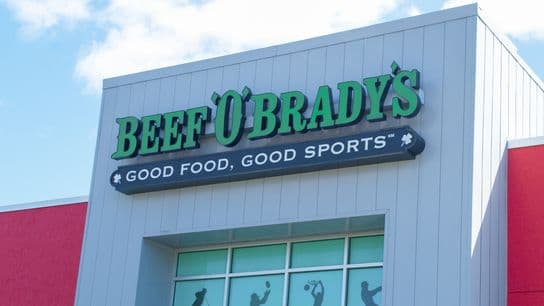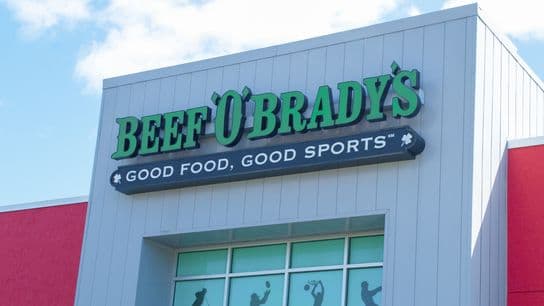Marketing Fundamentals Are Key to Helping Your Brand Stand Out in a Crowded Marketplace
Separating your brand from the competition starts with positioning, and continues into your strategy, messaging and why prospects should buy now.
So, you want to grow your brand to 50, 100, 500, 1,000 locations? I applaud you. But, what’s your plan? What’s your real growth strategy? How are you going to stand out in a world where the prospects are the same but the number of brands targeting them is increasing?
It starts with your positioning, and continues into your strategy, messaging and why prospects should buy now. But, there are some fundamental pieces of the sales process you can leverage to increase your growth. All of these fundamentals revolve around the intersection of marketing and sales – and if the two categories work hand-in-hand, your brand will benefit.
Where can marketing and sales integrate? If I am sitting in your seat, here’s what I would do:
Internal Fans are the Path of Least Resistance: If 84 percent of b-to-b deals come from referrals, start the connection of sales and marketing by focusing on your existing base of partners and customers. Sales should work with marketing to create a plan to distribute content to this core audience. Marketing will know what will make them tick and sales will know how to engage them in the sale process.
Cost-Engineer Your Brand to Capture the Highest Group of Prospects: Where your brand fits in relation to cost will make a huge difference in the closing of leads. If you are too expensive, you can price yourself out of the marketplace. If you are too expensive, then you must present the value proposition. Every buyer wants to feel like they are getting value. Sometimes the bells and whistles included in your widget for sale are not as relevant as you may believe. Challenge your brand’s fans to help you cut costs or better position value if you see that more leads are falling out of the process because of cost.
Be Realistic About Growth Goals: Yes, there are those rare scenarios where a brand can explode overnight. Chances are, your brand is not one of them. Great brand blueprints show that slow and steady wins the race. Be realistic about your growth goals and know your historical data. Know how much you have grown in the past and how much you had to invest to create that growth. Growth funds are not the only component of great growth – most of it revolves around great people. Make sure you have one-, three- and five-year plans mapped out so that you create your own roadmap for success.
Incentivize, incentivize, incentivize: If internal is the path of least resistance and value is important for steady growth, now comes an elevation strategy where you can market your sale. Incentivize brand fans to spend more (come back one more time) and to help you grow your brand. They won’t do it for free. Give them the pickle. If you correctly price engineer the widget you are selling, you will know what corners to cut in the early stages of a relationship to create a prolonged, wealthy return. Work within your numbers. Work within your profits. Share in the wealth to create more.
Know the Exit: Marketing and sales are irrelevant without a North Star. What are you pointing your efforts toward? Do you want to grow over the next three or five years to position your brand for sale? What would that mean for your brand’s fans? How can they (your staff internally and your loyalists externally) help you get to the exit and how will they benefit when you get there? Far too often businesses are created without a true exit strategy. Even if you decide not to exit at that point, it will at least create a strong guiding principle and plan to make great growth happen.




